Physical Address
304 North Cardinal St.
Dorchester Center, MA 02124
Physical Address
304 North Cardinal St.
Dorchester Center, MA 02124
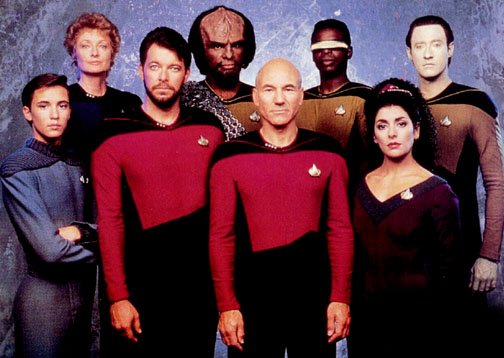
Star Trek: The Next Generation Season 2 marks a pivotal chapter in the beloved sci-fi saga, bringing new energy and memorable characters to the USS Enterprise. This season introduces key cast changes and delivers a fresh array of episodes that expand the Star Trek universe. From the excitement of the season premiere to standout installments like episodes 10, 20, and 21, fans are treated to a blend of adventure, philosophy, and character development. In this article, we’ll explore the highlights of Season 2, revisit notable moments from Season 1, look ahead to Season 3, and glimpse how Star Trek: Voyager continues the legacy.
Star Trek: The Next Generation Season 2 aired from November 1988 to July 1989 and brought some notable changes to the show. One of the biggest shifts was in the main cast—Diana Muldaur joined as Dr. Katherine Pulaski, replacing Gates McFadden for this season only, while Whoopi Goldberg made her debut as Guinan, adding a fresh dynamic to the crew. Behind the scenes, the writing team saw major turnover, with Maurice Hurley becoming head writer and several new writers joining, which helped the show start to find its own voice distinct from the original Star Trek series.
This season explored deeper themes, like the limits of human understanding in the vast universe, especially highlighted in episodes like “Q Who?” where the crew encounters the Borg for the first time. While some fans consider Season 2 weaker compared to later seasons, it still delivered memorable stories such as “The Measure of a Man,” which questioned Data’s rights as an android. The season also delved into Klingon culture and featured character growth, particularly for Riker and Worf. Overall, Season 2 was a transitional period that laid important groundwork for the series’ future success.
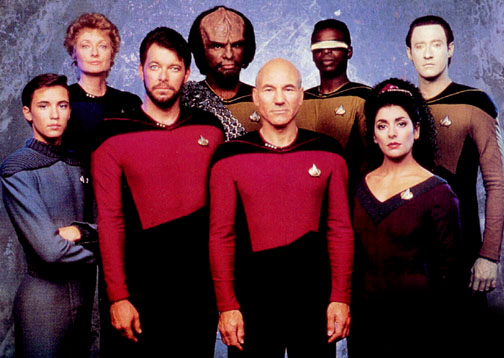
Star Trek: The Next Generation Season 2 featured a strong core cast that really helped the show find its footing. Patrick Stewart returned as the iconic Captain Jean-Luc Picard, bringing a steady and principled leadership style that became a hallmark of the series. Jonathan Frakes played Commander William Riker, the confident and resourceful first officer, while LeVar Burton portrayed the talented Lieutenant Geordi La Forge, the ship’s chief engineer. Michael Dorn continued as Lieutenant Worf, the fierce Klingon warrior, adding depth and cultural richness to the crew.
Marina Sirtis was Counselor Deanna Troi, offering empathy and insight with her Betazoid abilities, and Brent Spiner’s portrayal of the android Lieutenant Commander Data provided a unique perspective on humanity. Season 2 also saw Diana Muldaur join as Doctor Katherine Pulaski, replacing Dr. Crusher for this season, and Whoopi Goldberg made memorable appearances as Guinan, the enigmatic bartender with a mysterious past. Wil Wheaton returned as Wesley Crusher, the young prodigy. This ensemble cast brought a great mix of personalities and talents that helped elevate the storytelling and character development throughout the season.
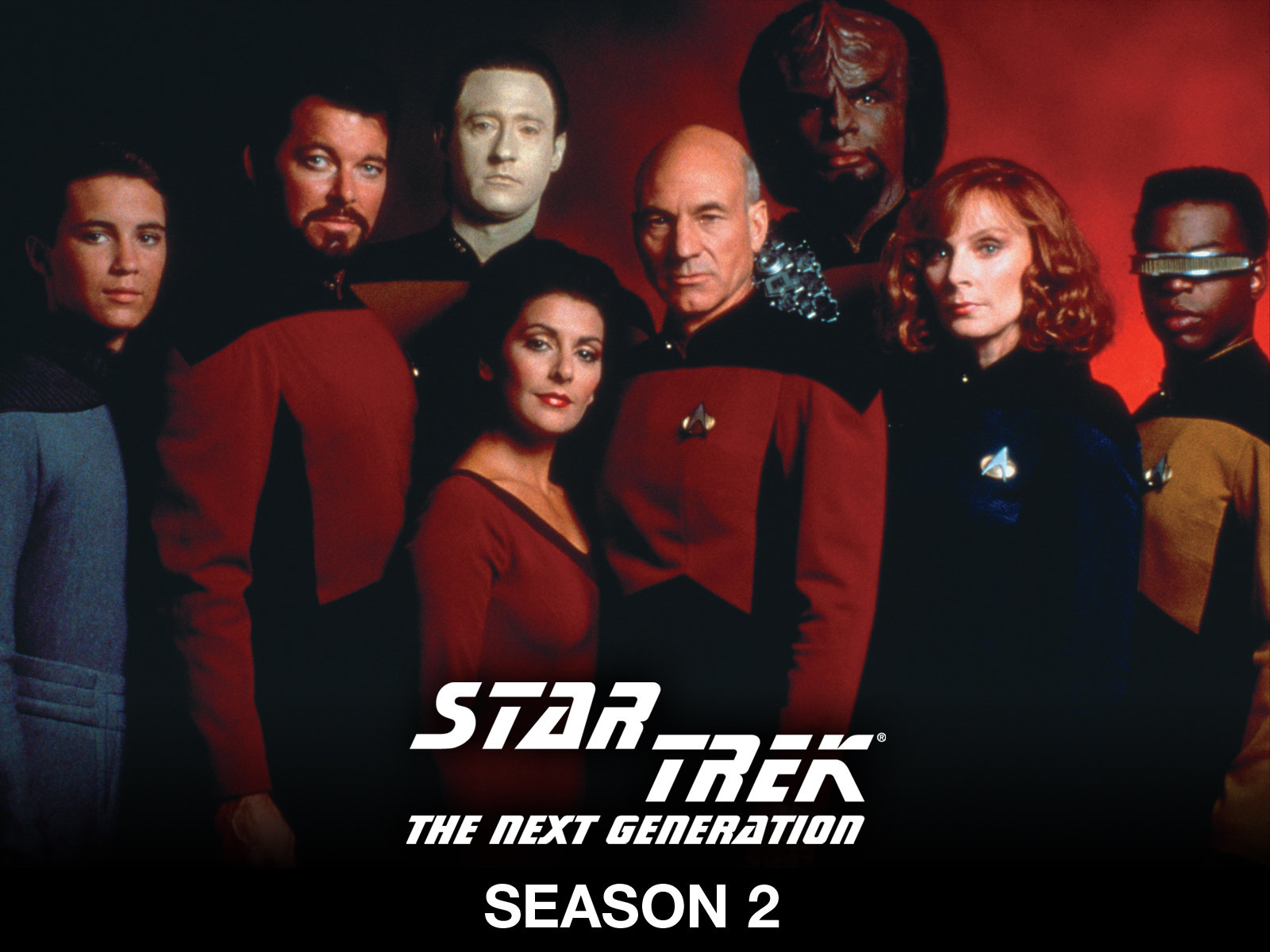
Star Trek: The Next Generation Season 2 offers a rich mix of intriguing stories and character development that really helped the show find its footing. It kicks off with “The Child,” where Counselor Troi’s sudden pregnancy surprises the crew, setting a personal tone amid their space adventures. Episodes like “Where Silence Has Lease” dive into darker, more unsettling territory, showcasing the series’ willingness to explore eerie and philosophical themes.
One fan favorite is “Elementary, Dear Data,” where Data channels Sherlock Holmes, blending mystery with humor. The season also features “The Outrageous Okona,” a lighter episode highlighting Data’s struggle to understand humor, adding charm and depth to his character. “A Matter of Honor” puts Riker in a tough spot aboard a Klingon ship, testing his loyalties and offering insight into Klingon culture.
Season 2 is notable for its standout episodes like “The Measure of a Man,” which debates Data’s rights as a sentient being, and “Contagion,” a tense sci-fi thriller about an ancient technological threat. These episodes balance action, ethics, and character growth, making the season a memorable step forward for the series.
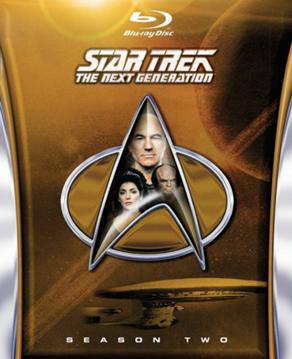
The first episode of Star Trek: The Next Generation Season 2, titled “The Child,” kicks off the season with some big changes and a mix of intriguing but uneven storytelling. The episode centers on Counselor Deanna Troi, who is mysteriously impregnated by an alien energy being. The child grows at an astonishing rate, creating tension and curiosity aboard the Enterprise. Meanwhile, the crew is transporting dangerous plague samples, adding a secondary, less engaging plotline. This episode also introduces Dr. Katherine Pulaski as the new Chief Medical Officer, replacing Dr. Crusher, though Pulaski’s character received mixed reactions for feeling somewhat stiff.
Season 2 marks a turning point for the show’s dynamics: Worf officially becomes Chief of Security, Geordi La Forge is promoted to Chief Engineer, and the iconic Ten Forward lounge and bartender Guinan make their debut, adding new flavor to the series. Wesley Crusher faces a personal decision about staying on the ship, which adds a relatable subplot. While “The Child” has some flaws, especially in its execution and pacing, it sets up the new status quo for the crew and hints at the deeper stories to come in the season.
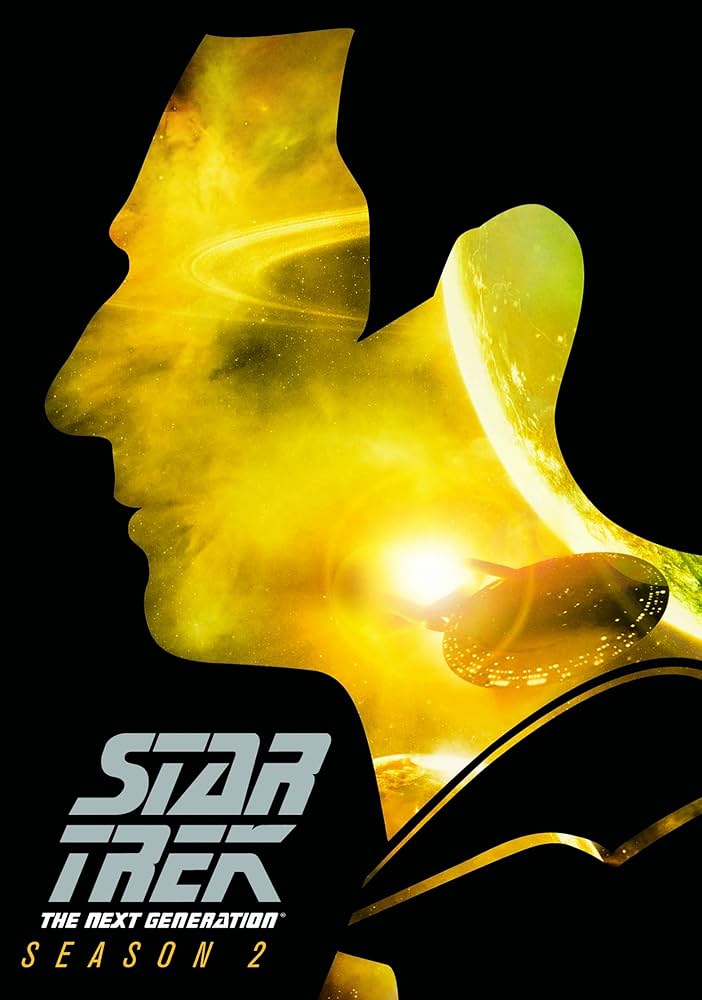
Star Trek: The Next Generation Season 2 Episode 10, titled “The Dauphin,” is a charming mix of youthful romance and unexpected danger aboard the Enterprise. The episode centers on Wesley Crusher, who falls for Salia, a young noblewoman destined to lead her planet. However, Salia’s protective guardian, Anya, is more than she appears—she’s a shape-shifting alien who fiercely guards Salia, even transforming into a monstrous form to keep her safe. This creates tension and a bit of chaos on the ship, especially as Wesley struggles to balance his feelings with his duties.
The episode explores themes of growing up, trust, and the challenges of responsibility, all wrapped in the sci-fi setting fans love. The dynamic between Wesley and Salia is sweet and relatable, capturing the awkwardness of first crushes. Meanwhile, Anya’s surprising reveal adds an exciting twist that keeps viewers engaged. It’s a memorable episode that blends character development with classic Star Trek adventure, showing that even in space, growing up can be complicated and full of surprises.
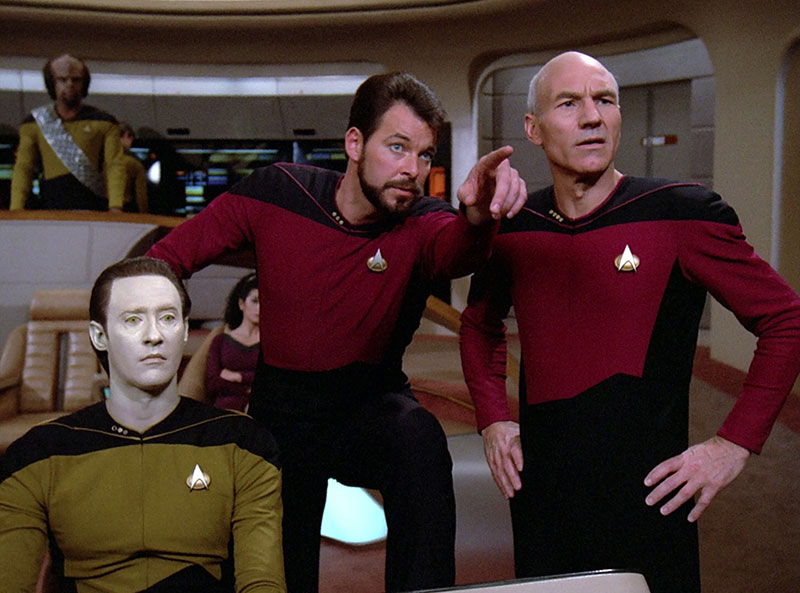
Star Trek: The Next Generation Season 2, Episode 20, titled “The Emissary,” features a strong main cast led by Patrick Stewart as Captain Jean-Luc Picard, Jonathan Frakes as Commander William Riker, and Michael Dorn as Lt. Worf. This episode also stars LeVar Burton as Lt. Geordi La Forge, Brent Spiner as Lt. Cmdr. Data, Marina Sirtis as Counselor Deanna Troi, and Wil Wheaton as Wesley Crusher. The story revolves around the Enterprise encountering a Klingon battlecruiser crew that has been in suspended animation for over 75 years. The crew wakes up, potentially threatening the Federation, and the Enterprise must find a peaceful solution.
A key character introduced is K’Ehleyr, played by Suzie Plakson, a half-Klingon, half-human emissary who has a complicated past with Worf. The episode explores themes of loyalty, duty, and cultural conflict, with intense interactions between Worf and K’Ehleyr. The supporting cast includes Colm Meaney as Chief Miles O’Brien and other crew members who contribute to the unfolding drama. This episode is notable for deepening Worf’s character and adding emotional depth to the series.
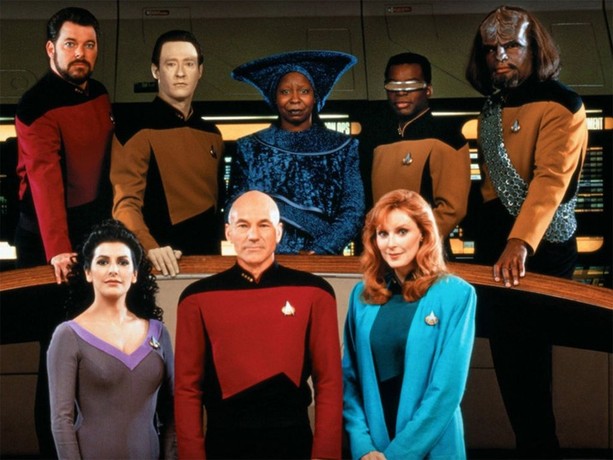
In Star Trek: The Next Generation Season 2, Episode 21, titled “Peak Performance,” the crew of the Enterprise participates in a simulated combat exercise designed to prepare them for the looming Borg threat. The episode introduces Sirna Kolrami, a highly regarded strategist who comes aboard as an observer. Commander Riker challenges Kolrami to a game of Strategema, a complex strategy game, knowing he will likely lose but eager to test his skills. Later, Data also faces Kolrami but surprisingly loses, which shakes his confidence and leads him to question his own functioning.
Meanwhile, the main exercise pits the Enterprise against the older, less advanced USS Hathaway, commanded by Riker. The Hathaway crew, including Geordi La Forge, Worf, and Wesley Crusher, must work together to keep their ship operational despite its limitations. Wesley even secretly beams a small amount of antimatter to the Hathaway to enable a brief warp burst. The episode cleverly explores themes of strategy, teamwork, and self-doubt, all while delivering engaging character moments and a fun, tactical challenge for the crew.
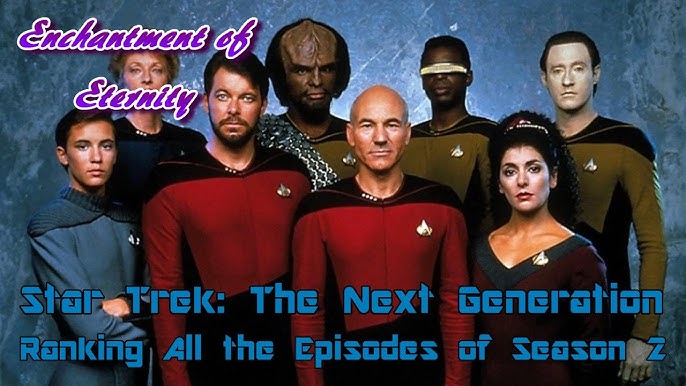
Star Trek: The Next Generation Season 1 is a fascinating start to a series that would go on to become a beloved sci-fi classic. While the season is known for its uneven storytelling and some rough patches, it introduced many iconic elements that fans still cherish today. We meet memorable characters like Data, who’s obsessed with Sherlock Holmes, and Wesley Crusher, just beginning his Starfleet journey. The season also brings in intriguing aliens like the Ferengi and the mysterious Q, adding depth to the Star Trek universe. One standout episode, “Conspiracy,” is remembered for its dark, horror-like tone and intense action, showing the show’s willingness to explore bold themes.
The season also delights in showcasing the new Enterprise-D, letting viewers explore its holodeck, engineering, and battle bridge. Despite some early awkwardness in acting and scripts, the atmosphere of the show feels immersive and real, making it easy to get lost in this futuristic world. Season 1 laid the groundwork for what was to come, and even its flaws have become part of Star Trek lore and charm.
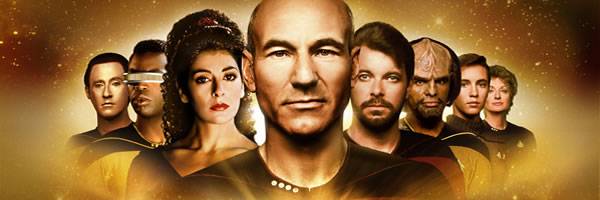
Star Trek: The Next Generation Season 3 is often celebrated as the series’ best, thanks to its strong character focus and memorable episodes. This season marked the return of Gates McFadden as Dr. Beverly Crusher and introduced fan-favorite characters like Lt. Reginald Barclay. The writing improved significantly with Michael Piller joining as executive producer, bringing depth and emotional complexity to the stories. Episodes like Sarek, which explores the emotional struggles of Spock’s father, and The Enemy, dealing with themes of prejudice and cooperation, stand out for their powerful storytelling. The season also balances humor, as seen in Hollow Pursuits with Barclay’s holodeck addiction, and suspense, like in The Most Toys, where Data is kidnapped. The crew feels more developed, and the show probes the boundaries of its utopian ideals, making it both entertaining and thought-provoking. Changes to the Starfleet uniforms and the opening sequence also refreshed the show’s look. Overall, Season 3 deepened the characters and delivered some of the most iconic moments in the franchise.
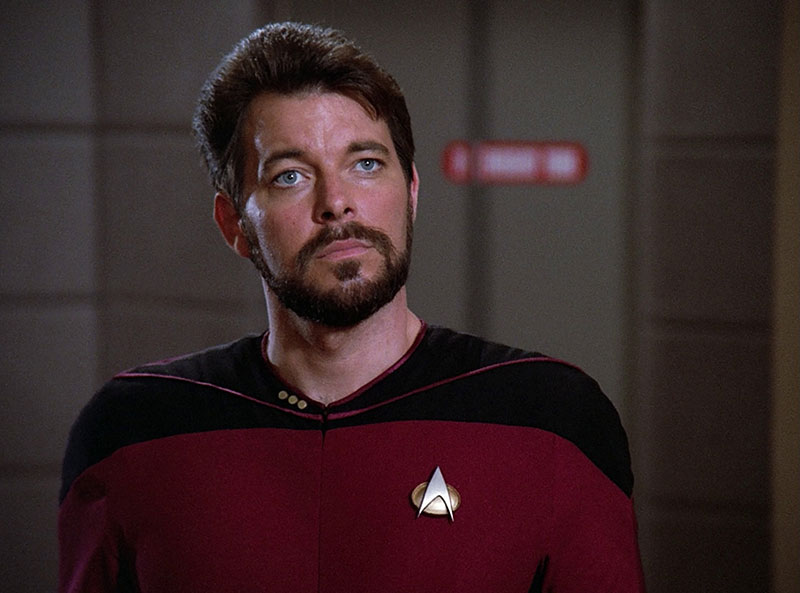
Star Trek: Voyager is a beloved sci-fi series that aired from 1995 to 2001, following the adventures of Captain Kathryn Janeway and her crew as they try to find their way home after being stranded 70,000 light-years away in the Delta Quadrant. This unique premise sets it apart from other Star Trek shows, focusing on their long journey through uncharted space, facing new alien species and challenges along the way.
The show is known for its strong characters, including Janeway, Chakotay, the holographic Doctor, and Seven of Nine, a former Borg drone who becomes a key crew member. Voyager blends classic Star Trek themes like exploration, morality, and teamwork with fresh storylines about survival and identity. Over its seven seasons and 172 episodes, it explores everything from time travel to complex ethical dilemmas, making it a rich and engaging chapter in the Star Trek universe.
Fans appreciate how the series develops its characters and relationships, especially as the crew adapts to their isolated situation far from Federation support. Voyager offers a mix of thrilling space adventures and thoughtful storytelling, making it a favorite for both longtime Trekkies and newcomers alike.
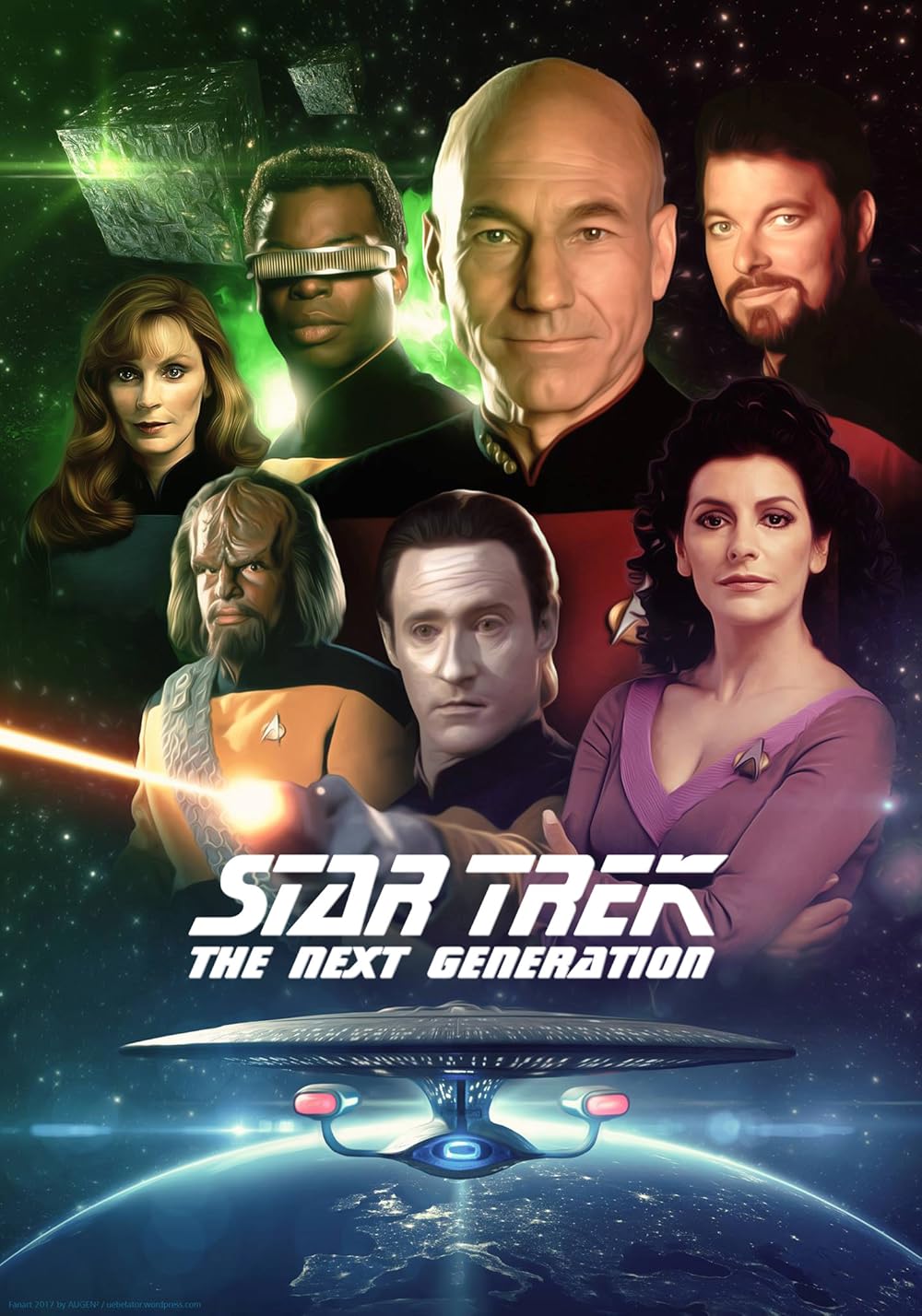
In conclusion, Season 2 of Star Trek: The Next Generation solidifies the series’ place in science fiction history with its exploration of complex themes and character development. As the crew of the USS Enterprise-D encounters new civilizations and grapples with moral dilemmas, viewers are treated to a rich tapestry of storytelling that deepens our understanding of the human condition. From the intricate dynamics among the crew members to the thought-provoking narratives, this season sets the stage for future adventures while leaving a lasting impact on the franchise. Ultimately, it exemplifies Star Trek’s enduring mission to explore the depths of humanity and the cosmos.